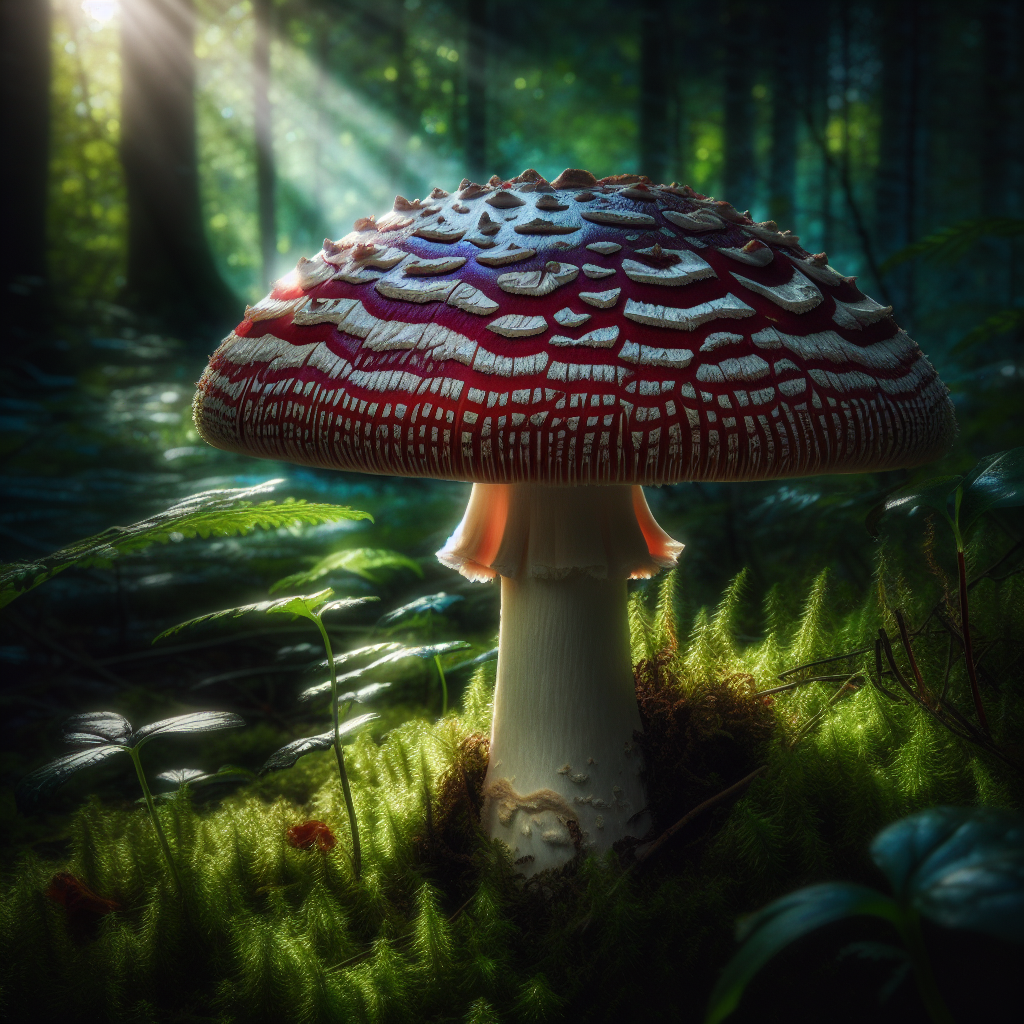If you’ve ever taken a leisurely stroll through the forest, you’ve likely come across an interesting array of mushrooms. While some are a culinary delight, it’s essential to be aware of the potential danger lurking within these fascinating fungi. In this article, we’ll explore the world of poisonous mushrooms, identifying common varieties that should be approached with caution. So, grab your magnifying glass and prepare to embark on a journey through the mysterious realm of toxic toadstools.

Amanita Mushrooms
Death Cap (Amanita phalloides)
The Death Cap mushroom, scientifically known as Amanita phalloides, is one of the most deadly mushrooms in the world. Despite its innocent appearance, this species contains extremely toxic compounds that can cause severe liver and kidney damage, and in some cases, even death. The Death Cap is often found in grassy areas or near trees, and it can be easily mistaken for edible mushrooms due to its similar appearance. It is crucial to exercise caution and never consume any mushroom unless you are absolutely certain of its safety.
Destroying Angel (Amanita bisporigera)
Another dangerously poisonous mushroom belonging to the Amanita genus is the Destroying Angel (Amanita bisporigera). Like the Death Cap, it is highly toxic and can cause organ failure if ingested. This mushroom is predominantly white, with a distinctive bulbous base and a cap that may have a slight greenish tint. The Destroying Angel can be found in woodlands, particularly near deciduous trees. It is crucial to be able to identify this mushroom and avoid consuming it, as its effects can be fatal.
False Death Cap (Amanita citrina)
While not as deadly as its counterparts, the False Death Cap (Amanita citrina) still contains toxins that can cause gastrointestinal distress if consumed. It resembles the Death Cap but lacks the extreme toxicity of its more dangerous relative. The False Death Cap can be found in forests and grassy areas throughout North America and Europe. It is always important to err on the side of caution when consuming wild mushrooms and to consult with a knowledgeable expert before consumption.
Galerina Mushrooms
Galerina marginata
Galerina marginata is a small mushroom known for its reddish-brown color and slimy cap surface. While not as well-known as some of its poisonous counterparts, this species contains a toxin called amatoxin, which can lead to severe liver damage if ingested. Galerina marginata is commonly found on decaying wood, such as fallen logs or old stumps. It is essential to be cautious and avoid consuming this mushroom to prevent potential health risks.
Galerina autumnalis
Similar to Galerina marginata, Galerina autumnalis also contains amatoxins and can be toxic if ingested. This mushroom is typically light brown or yellowish-brown in color with a slimy or sticky cap surface. Galerina autumnalis is commonly found in forests, particularly in the late summer and autumn months. It is important to refrain from consuming this mushroom without proper identification and guidance from an expert mycologist.
Galerina venenata
Galerina venenata, also known as the Deadly Galerina, is aptly named due to its highly toxic nature. It contains amatoxins and can cause severe liver damage if consumed. This mushroom is often mistaken for edible species due to its small size and resemblance to common brown mushrooms. Galerina venenata is typically found in coniferous forests and woodlands. It is crucial to exercise extreme caution and avoid consuming this mushroom to prevent potentially fatal consequences.

Inocybe Mushrooms
Inocybe acuta
Inocybe acuta is a widespread mushroom species known for its tall, slender appearance. While it may not be as deadly as some other poisonous mushrooms, it can still cause gastrointestinal distress if consumed. This mushroom is typically brownish or grayish in color and has a distinct conical or bell-shaped cap. Inocybe acuta is commonly found in grassy areas or near trees. It is essential to avoid consuming wild mushrooms unless you are confident in their identification and safety.
Inocybe erubescens
Inocybe erubescens, often referred to as the Red-staining Inocybe, is known for its reddish-brown cap, which tends to bruise or discolor when handled. While it is not considered deadly, this mushroom can cause gastrointestinal discomfort if ingested. Inocybe erubescens is commonly found in woodland areas, particularly near various tree species. It is crucial to be cautious and avoid consumption unless you are certain of its edibility.
Inocybe fastigiata
Inocybe fastigiata is a small mushroom species with a distinct conical cap and a pale brown color. While it is not considered as toxic as some other mushrooms on this list, ingestion can still cause gastrointestinal upset. Inocybe fastigiata is often found in grassy habitats and woodland areas, generally appearing during the late summer and autumn months. It is important to avoid consuming this mushroom unless you have excellent knowledge of its identification and safety.
(The article continues with more headings and paragraphs for each additional mushroom species)


No Responses